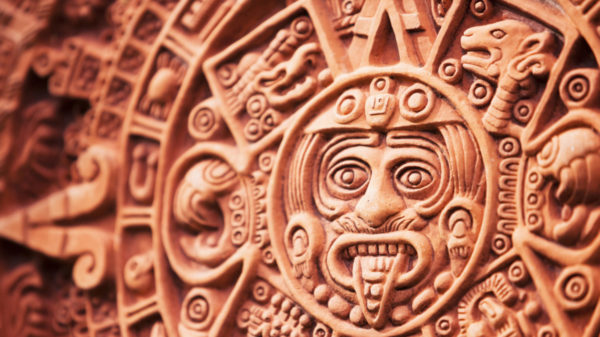 In some parts of the world “French kissing” means some tongue twisting and tight embraces. Some might “French kiss” at the movie theater on their first date, or at the doorstep of their homes afterwards. This correlation might even allude to how people outside of French culture view the intimacy of leaning in for a kiss in a greeting–that it’s kind of a lot. In fact, the tradition usually involves planting an air kiss on each cheek, sometimes up to four depending on where in France you find yourself, while making a kissing sound
In some parts of the world “French kissing” means some tongue twisting and tight embraces. Some might “French kiss” at the movie theater on their first date, or at the doorstep of their homes afterwards. This correlation might even allude to how people outside of French culture view the intimacy of leaning in for a kiss in a greeting–that it’s kind of a lot. In fact, the tradition usually involves planting an air kiss on each cheek, sometimes up to four depending on where in France you find yourself, while making a kissing sound
The term “la bise” is a large part of the way French people greet each other, yet it often leaves foreigners feeling a little awkward, as it is simply not as natural to lean in and kiss people we don’t know very well. Heck, even to lean in and kiss our friends might feel a little strange.
So where does this tradition and custom come from? We were curious, so we decided to investigate. Continue on to learn more about French culture and customs.
Enter the Romans
It should come as no surprise that while we in the Western world were influenced so much by the Romans, this comes to them too. It was the Romans who made popular the tradition of side kissing each side of the cheek, which spread throughout Europe and North Africa as their empire grew.
For the Romans it was basium, which was used as a gesture of courtesy or politeness. You might be able to see the similarities between the word basium and la bise. Well, this is the theory of French author Xavier Fauche, who wrote a book on the topic.
It Disappeared for a Time
It wasn’t always the French way to use la bise when greeting each other. In fact, in the 14th century people had stopped using it altogether. You may have heard something of the Black Plague in the 14th century, and this would prove to be a major factor.
People did not want to get too close to each other, as they were terrified of spreading the plague. Not to mention that ⅓ of the population of Europe was taken out by the Black Death. No kisses for a while.
A Reappearance
The custom didn’t make a reappearance until the First World War, however the bourgeoisie found it common and below them. This opinion lasted well into the 20th century before the idea of it being a proletariat’s greeting.
However, the idea diminished as time went on and the French reinstated their custom of air kissing each other upon greeting. It shows a sign of warm welcoming and trust to put one’s face so close to another’s. And also, we are basically ingrained to do what the Romans do, right?




















